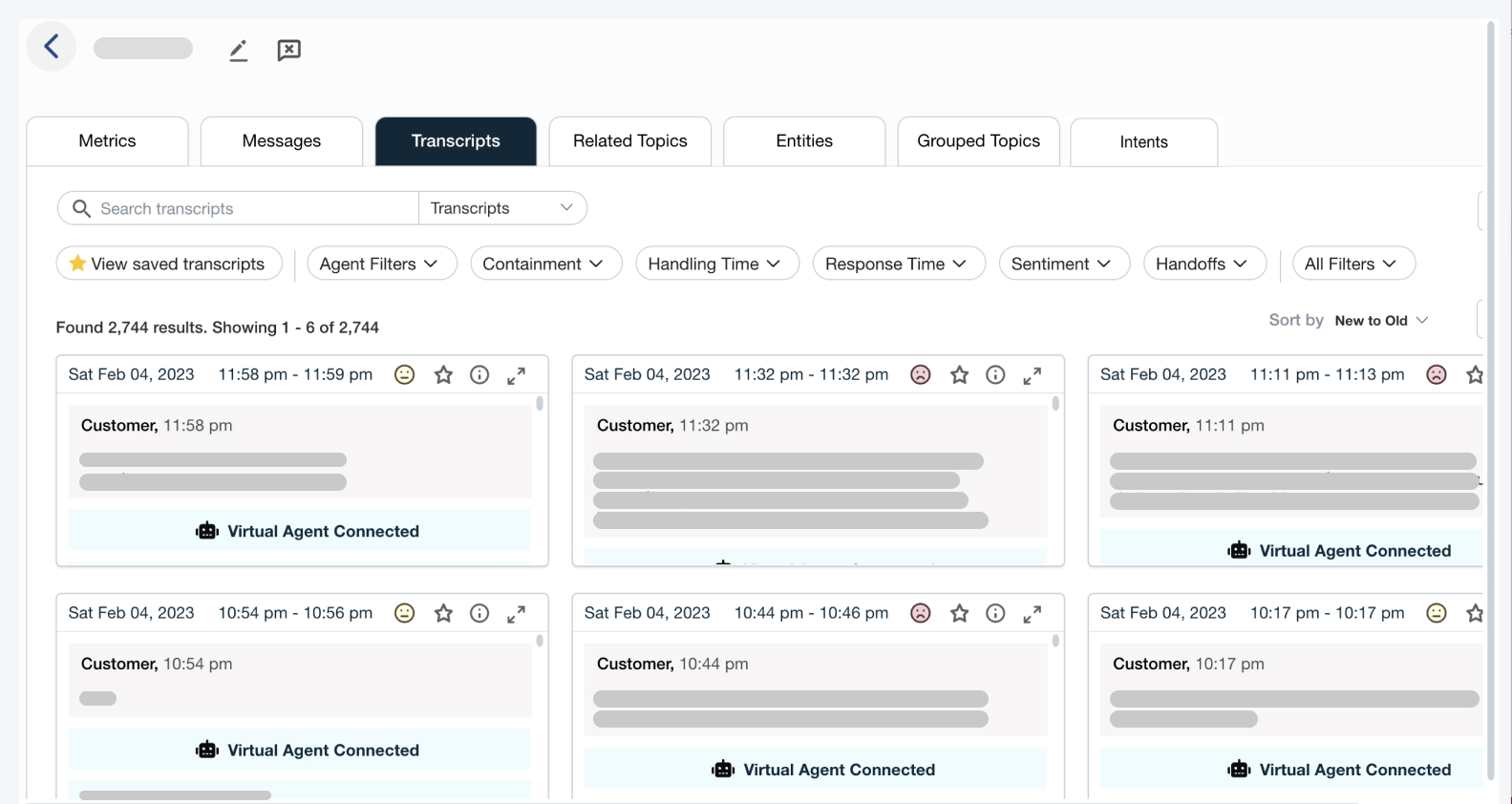What It Means to be an “Intelligent” Contact Center
What It Means to be an “Intelligent” Contact Center

Google the term “intelligent contact center,” and you’ll see it’s been used for years, but its definition constantly evolves and usually is widely disputed. To muddy the waters even further, contact center vendors each have their own spin on the term, typically aligning it with whichever capabilities their own platform offers.
But what does this term really mean, from the perspective of the people who matter most—the customers themselves?
We joined with leading global communications provider and Calabrio partner Tata Communications earlier this year to add some clarity around this topic. Here’s what we learned.
1. Intelligent contact centers let their customers connect in ways most convenient to them.
Each person has their own preferences and comfort zones when it comes to using technology to connect with customer support teams. One person may prefer chat, while another wants to talk with an agent live on the phone.
Whichever channel (or channels) they choose, however—voice, email, video, chat or social media—they expect their interaction to be easy, seamless and fast. It stands to reason that vendors who deliver this type of interaction over any and all device types create the best customer experiences.
2. Intelligent contact centers move beyond personalization, to individualized communication.
Let’s face it—personalized communication with customers via your contact center is basic table stakes nowadays. They expect that, and that alone will not impress them nor set your company apart.
What today’s customers want is a one-to-one experience—they want to be treated as individuals. And this individualized approach requires all omnichannel activities to be integrated and synthesized into a single customer record that agents easily can access whenever they need it. Which leads me to my next point…
3. Intelligent contact centers empower agents to access complete and up-to-date information about any customer.
Our own research found that 34 percent of contact center agents feel the lack of customer data available to them at the time of a customer’s request leaves them unable to fully deal with that customer’s inquiry. This inadequacy leaves the customer less than satisfied and more likely to submit another inquiry to the contact center in the future.
Intelligent contact centers unify and make available to agents all customer information, so inquiries can be completely resolved to the customer’s satisfaction during the first interaction.
4. Intelligent contact centers deploy cutting-edge technology to better arm agents and more quickly satisfy customer needs.
Lastly, to do all of the above things—and to bypass, not merely meet, customer expectations—intelligent contact centers make the evaluation and deployment of innovative technology a top priority.
So what do they look for? Here are a few of the current hot technologies intelligent contact centers are actively implementing:
- Advanced analytics. Used to streamline workflows and extract insights that drive better, faster service.
- Predictive and prescriptive analytics. Used to anticipate customer needs and deliver more personalized interactions.
- Speech/text/sentiment analytics. Used to analyze and understand not just what customers say but also what they mean, in order to more effectively grow sales, improve marketing strategies, and make better-informed product and operational decisions.
- Behavioral analytics. Used to understand an individual’s unique behavior, so agents can deliver the most personalized support.
- Social analytics. Used to monitor and manage the company’s brand and reputation.
- Speech recognition. Used to provide speedy, effective responses to customers in an automated yet natural manner.
- Artificial intelligence (AI) bots and virtual agents. Used to give agents the chance to locate answers to complex questions and other needs quickly and easily on their own, in order to reduce customer wait time.
Want to learn more? Download the full Calabrio and Tata Communications joint white paper, The Contact Center for the Digital Age.









